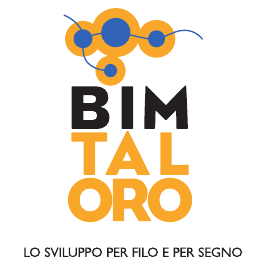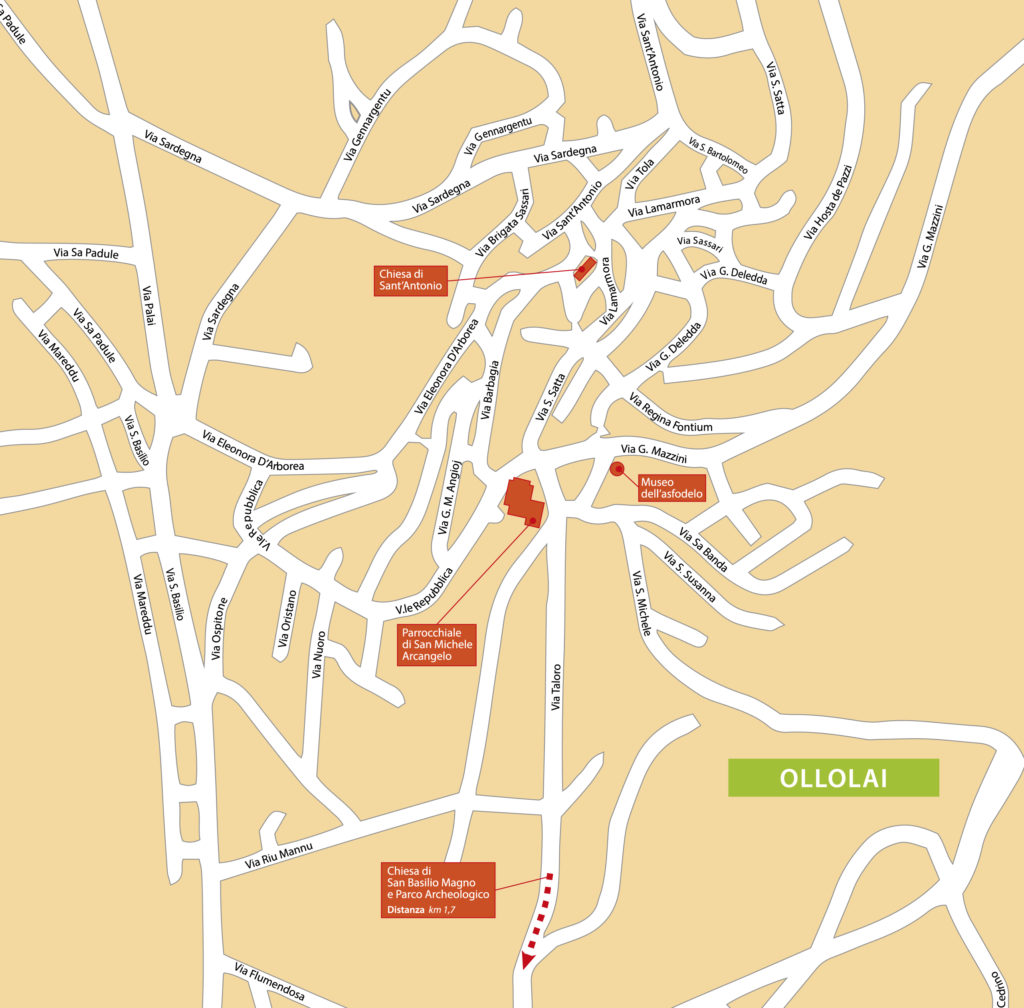Archaeological Park of San Basilio
The archaeological park of San Basilio (Santu Basili) officially opened in 2016 and covers an area with several remains from the Nuragic period, including an ancient village and a sacred well (which is said to have then been buried to protect animals). Located on the mountain of the same name, not far from a small church of Byzantine origin, the original settlement enjoyed a prominent position, which allowed its inhabitants to see a long distance and have contacts with the populations on the other side, especially during the transhumance period. What is more, it was surrounded by lush forests and natural water sources.
The site is home to a number of burial monuments excavated in tafone and dating back to the Middle Neolithic (4000 B.C.), as well as shelters under rocks, such as Sa Conca Frabica, which was used until the Iron Age and even up to the Imperial Age (some burial remains discovered in the innermost part allegedly date back to this period). The shelter (24 x 4.5 metres wide) is bordered with granite boulders; the ashlars, resting on each other, form a sloping roof. Natural rocks outcrop all over the surface, while the side facing south is bordered by three rows of roughly-hewn granite boulders: the site owes its name (literally: ‘manufactured hollow’) to this wall. The oldest part probably dates back to the Early Bronze Age (1800 B.C.) and has undergone numerous interventions over time, such as the destruction of the nearby nuragic holy well, which was partly dismantled. The excavation works also uncovered some basalt rocks inside the shelter, but they were probably used for the construction of the small country church.
Several finds – including a clay idol plaque depicting a stylised mother goddess figure found in the oldest layer of the excavations, and numerous jars with miniatures of different shapes dating back to the Early and Middle Bronze Age – led scholars to suppose that this was a religious site. As a matter of fact, no traces of everyday objects have been found throughout the area, and all obsidian fragments come from the Oristano area. Even the finds dating back to the Late Bronze Age and Early Iron Age – small flat daggers, bronze foils, a band ring and other bronze materials belonging to private collections – were most likely used for religious purposes.
The area of Ollolai is also home to the ruins of four nuraghi: Lolai (near Gavoi), Talaighe (near Mamoiada), Legunnoro and Palai (near Olzai).
Text by Cecilia Mariani
 BIM TALORO
BIM TALORO 